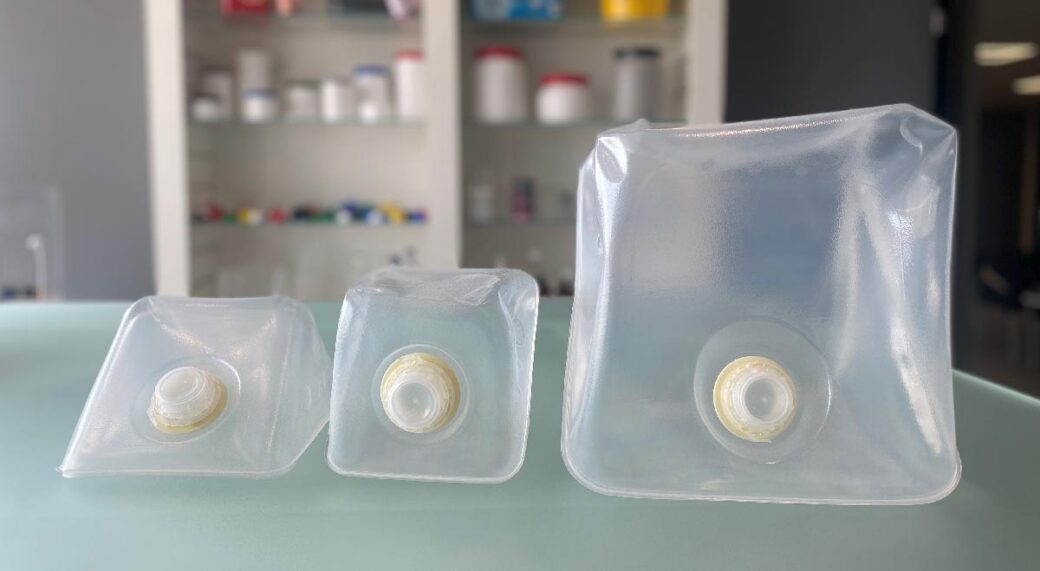Four tips when buying safety shoes
Safety shoes are special shoes that offer protection, thereby increasing safety. This protection can vary greatly, from protection of the feet against sharp objects to protection from the wet.
Safety shoes are an example of personal protection equipment (PPE). There are more types of equipment, such as hearing protection, hand protection and face protection.
Tip 1: Determine against what your safety shoes have to protect.
The choice of safety shoes depends on the purpose: against what do the shoes have to protect? If you know that, you can choose from various safety norms and safety features.
Safety norms
- SB (Safety Base): These shoes meet the minimum requirement and have a steel, composite or aluminium toe cap. These also provide sufficient protection against falling objects and have a dent resistance of at least 200 Joules. The shock absorption of the heel is at least 200 Joules.
- S1 class: The shoe is antistatic and absorbs energy in the heel.
- S2 class: The shoe has the same properties as the S1 norm and offers higher waterproofing.
- S3 class: The shoe has the same properties as the S2 norm and has a hardened midsole and an antislip tread.
- S1P class: The shoe has the same properties as the S1 norm and has a steel or steel-free midsole. This is to prevent nails and other sharp objects from being able to penetrate the shoe to your feet.
- S4 class: The shoe has the same properties as the S3 norm. They are all made from plastic, making them waterproof.
- S5 class: The shoe has the same properties as the S4 norm and has a hard midsole and an antislip tread.
Safety features
In addition to the guidelines of various safety classes, there are also safety features. This allows you to see at a glance the protection offered by the safety shoes:
- P – puncture resistance
- C – electrical resistance (non-conductive)
- A – electrical resistance (anti-static)
- E – energy-absorbing heel
- HI – heat insulation (degree to which the feet remain cool in the shoe)
- CI – cold insulation (degree to which the feet remain warm in the shoe)
- WRU – water repellent uppers
- HRO – heat-resistant outsole (300 °C)
Tip 2: Decide whether you need a high-cut or low-cut safety shoe
If you know the safety norms and safety features the shoe must meet, then you can choose between a high-cut or low-cut model of safety shoe.
A high-cut model of safety shoe provides more support around the ankle and achilles tendon than a low-cut model.
A low-cut model of safety shoe is more comfortable if you have to kneel down a lot during your work, as the ankles are easier to move. The low-cut shoe model, however, offers less protection to the achilles tendon.
Tip 3: Ensure that the shoe fits well.
It is important that your safety shoes are comfortable to wear. After all, you will often have to wear them intensively and for long periods of time. The shoes must be of the right size; if the shoes are a little tight or too loose, it is wise to try another size. Along with the unisex models, there are also male and female models.
Tip 4: Don’t forget to maintain your safety shoes.
The life of safety shoes can easily be lengthen by looking after them properly. Shoes often get wet. If the shoes have been brushed and well smeared with grease, they will keep in good condition for a long time.
How often safety shoes are replaced
On average, people need new safety shoes each year. If the shoes are broken or worn, they will have to be replaced sooner. This depends of course on the person; the use to which safety shoes are put varies from person to person. The replacement of safety shoes depends on the environment, the frequency of use and the maintenance. Look at the following to see whether your safety shoes need to be replaced:
- Do they have any cracks or tears?
- Do they have any holes?
- Has the sole come loose. Is it broken or perforated?
- Is the anti-slip tread worn out?
- Are the steel toe caps dented?
- Is the lining around the steel toe caps still compete?
If the safety shoes have one or more of the above defects, they need to be replaced.
Buying new safety shoes
Is it time for you to buy new safety shoes, or do you want advice on which shoes to buy? Look at our collection in the digital catalogue (Dutch) or contact us.








